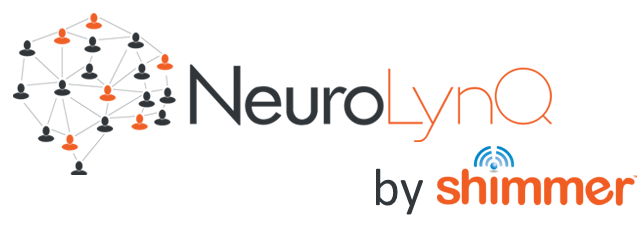Quantitative Case Study
Introducing the Application of NeuroScience Techniques to Real Time Marketing Research for the 2018 NFL Super Bowl LII.
In a first of its kind study, IPSOS incorporates Shimmers NeuroLynQ Biometric sensors to extract how 45 American football fans; New England Patriots and Philadelphia Eagles responded emotionally to advertisements during the big game in Real-Time.
Typical theatre setting for Quantitative studies
Background
All too often assumptions are made about how audience members or participants in a market research studies are engaged, or react to content shown. In an industry that inherently relies on the strength of audiovisual cue’s and mass audience reach, TV advertising as a medium has become a key battle ground for advertising practitioners to study non-conscious response, so they can better understand the influence stimuli has on the viewing public.
The Study
45 participants with a 50/50 split between male/female were seated in a closed room (theatre setting) with the stimuli displayed on a screen. Each participant was wearing a wrist worn sensor with 4 electrodes placed on the body, 3 on the hand and one on the chest. ECG and EDA signals were captured and trammelled at 5Hz to the desktop for displaying the live measurements and for analyzing the patterns to identify emotional responses.
The Solution
NeuroLynQ developed by Shimmer was used to validate a physiological signal-based approach to detect and quantify the emotional response of viewers to advertisements during a live Super Bowl game. The input signals being; electrocardiogram (ECG) and electrodermal activity (EDA), and can reflect the influence of emotion on the autonomic nervous system.
Results were extracted rapidly to enable the IPSOS first mover advantage on the validation of the ads, followed up by a comparison of the results with consumer reports on the ads also
Methodology
The NeuroLynQ sensors calculate inter-beat intervals (IBI) and SC in real time from the ECG and EDA data using standard signal processing techniques. The values were transmitted at 5Hz for display. The main technique to extract the Inter Beat Interval and the Skin Conductance from the participants was by analyzing the skin conductance pattern. There are 3 categories in all; high-positive trend Positive trend and Inflection point’
SC responses of two participants when exposed to the same stimuli. Blue lines are the SC values, green markers are for positive trends, red markers for high
positive trends and magenta markers are for inflection points.
Plot of HRV values of a participant. Blue – EBC values and Red – HRV Response.
...Cont'd All the three SC responses are dependent on the slope of the values within the window. A linear regression model is incorporated to calculate the slope of SC values within the window. Linear regression attempts to model the relationship between two variables by fitting a linear equation to observed data. In our case, the two variables are time and SC values respectively. If the slope is greater than a positive threshold, then it is labelled as “High Positive Trend”.
The HRV is estimated in real-time with a few seconds of IBI data. EBC (Estimated Breadth Cycle) is employed to estimate the HRV. EBC is the difference between the maximum and minimum IBI in a window. A HRV response is detected if the EBC is not within a certain range.
Conclusion
Real Time, live ECG and EDA metrics were made available from 45 people to IPSOS. This significant, first of its kind study allowed them to measure the non conscious response of the audience to every commercial throughout the game and rank the different ads according to their proprietary Super Score. Key to the study was the real-time analysis which allowed them to be first to market with their analysis within hours of the game finishing. Tide’s campaign scored highest, as IPSOS outline in their press release here.
NeuroLynQ Output Video
NeuroLynQ has a feature that allows you to overlay the biometric data captured onto the raw video stimuli the audience were exposed to. This video captures the emotional responses of 45 people watching the Tide Ads aired during Super Bowl LII in realtime. The green line represents the % of the audience experiencing some response, while the orange line indicated the % of the audience who are having a high response at each moment.


